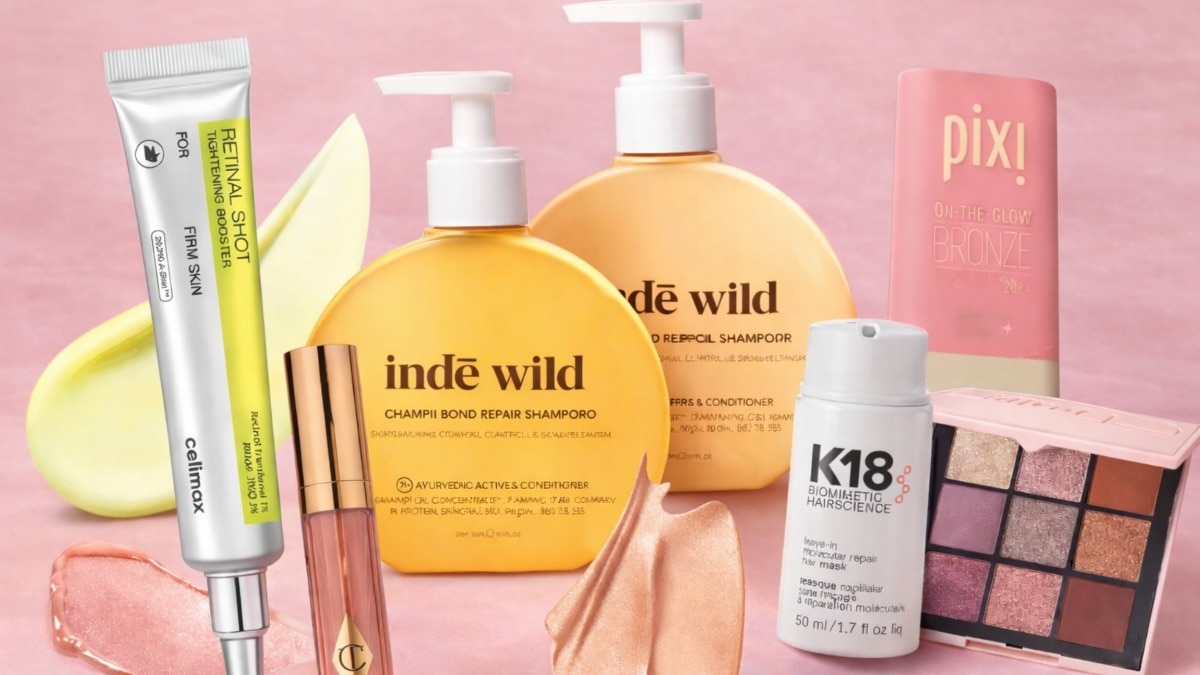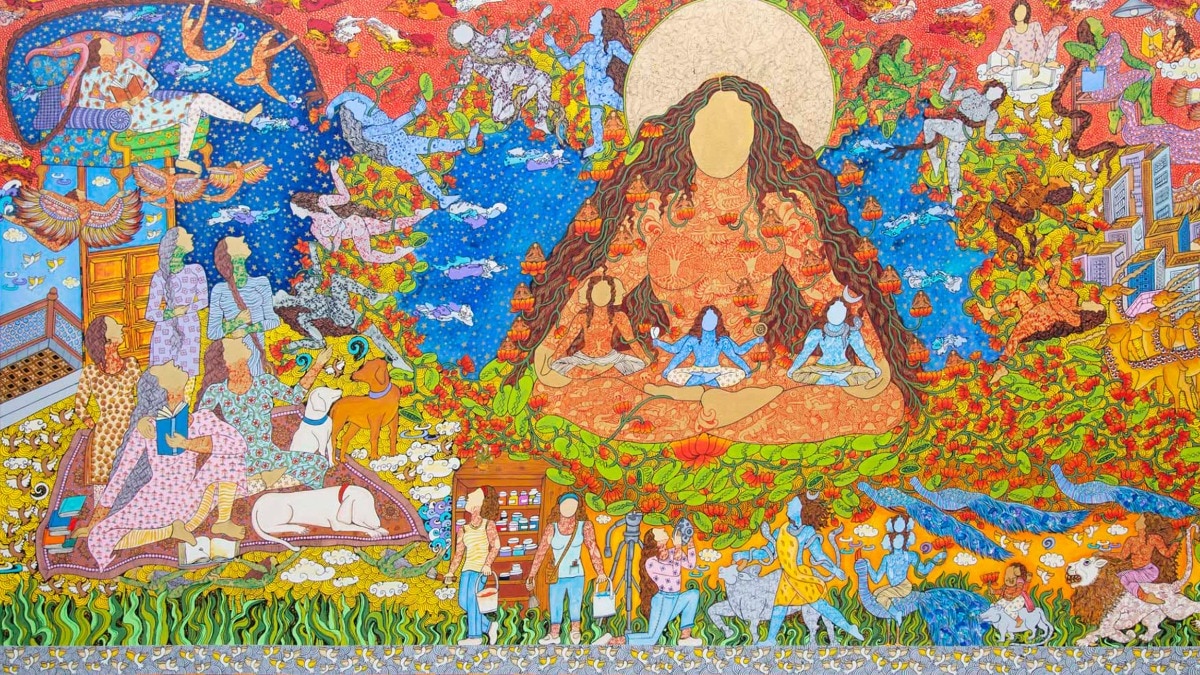Can you really cop healthier skin with a dairy-free diet?
The whole world—scientists and derms included—has declared dairy as a villain for health in every aspect. Let’s dissect the pros of cutting out dairy.


From childhood to adulthood, we’ve all been consuming dairy, especially milk, in some form or the other; needless to say that milk and other dairy products and their by-products have been a staple in the Indian diet for as long as one can remember. However, today, dairy is cited to be one of the biggest culprits of compromised hormonal, and thereby, skin health. In the late 2010s (think 2015-2018), “dairy face” cropped up as a phenomenon which basically referred to skin that was sabotaged due to problematic (more on this later) constituents of milk. Cut to today, don’t we all know of at least one dermatologist, or perhaps a friend, who vouches for the benefits of going dairy-free for better skin? Let’s dive into the cons and cons of dairy for the skin … because that’s what the experts have to say.
What are the perils of dairy for the skin?
Let’s admit this: the purity of pure cow’s milk is nothing like it used to be; processed heavily with hormones and stabilisers, it’s just not nutrient-dense anymore—the mammoth quantum of additives has resulted in equating milk with a heavily-treated white liquid and nothing more. Upon asking Mumbai-based celebrity dermatologist Dr Jaishree Sharad why so many skin doctors are in favour of going off dairy products, she explains, “Dairy, especially milk, is known to exacerbate acne in those with oily skin or acne-prone skin or those who have existing acne or PCOS (polycystic ovarian syndrome) or insulin resistance.”

Substantiating the same, she mentions conclusions of a 2018 research, “According to a meta analysis reported in 2018, intake of any dairy, any milk, full-fat dairy, whole milk, low-fat/skim milk, and yogurt regardless of amount or frequency was associated with a higher odds ratio for acne compared to no intake in individuals aged between seven and 30 years. Intake of cheese was associated with a borderline higher odds ratio for acne compared to no intake.” It’s also important to note that milk is seldom consumed in its raw form; usually, we often combine it with sugar and other sundry substances that just disrupts the insulin levels further, thereby, creating a hormonal imbalance (read: havoc) in your system, which in turn, spurs bouts of acne and other skin concerns. Author and dermatologist Dr Kiran Sethi legitimises the same as she says, “Dairy products are well-known to increase IGF-1, on insulin-like growth factor-1 which can cause increased oil secretion from sebaceous glands and therefore acne. It can also worsen or trigger PCOS, which are hormonal issues resulting in menstrual issues, acne, hair thinning, hirsutism (male pattern hair growth on the face and body in women) and more.”
Is dairy a no-no across the board?
The opinions are divided on this question. The reason? “Dairy contains nutrients for bone health, such as calcium, phosphorus, magnesium and protein,” says Dr Sharad, as she sheds light on the benefits of dairy for one’s overall health. Hence, both dermatologists believe that people not sensitive to dairy or extremely oily-skinned can consume dairy if they absolutely must.

However, there is a group of people who must keep away from dairy. Dr Sharad says, “Those with acne-prone or oily skin, those with insulin resistance, PCOS and skin that easily develops blackheads and whiteheads should avoid dairy. Others can have dairy, especially yogurt, which is rich in probiotics.” According to Dr Sethi, people with systems prone to hormonal fluctuations can skim over dairy since it triggers anabolic activity which stimulates the male hormones in the body. She believes that while dairy does nothing (good) for the skin, normal and dry skin types can indulge in it. Additionally, she also points out how milk today is adulterated max, “Impurities in milk, for example, the steroids given to the cows and the antibiotics also given to them will most definitely worsen the problems that dairy causes, but even organic dairy can cause the problem. Even lactose-free dairy is a problem. So my advice is to cut out that dairy,” she concludes.










